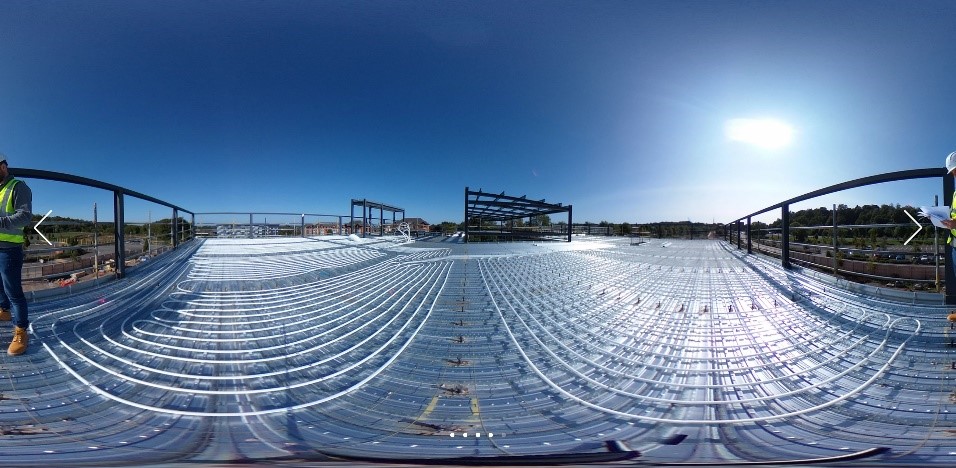This Institute of Transformational Technologies (“IoTT”) facility is the second project to be procured and delivered on behalf of Dudley College under the Integrated Project Insurance model which applies an integrated collaborative working approach throughout to a level which exceeds any other previous procurement routes the College has used. It requires the adoption of a Project Bank Account, BIM, and lean design and implementation practices. Via IPI the College seeks to achieve cost, time and carbon savings in line with the “Government Industrial Strategy: Construction 2025”.
Guidance on the IPI model was published by the Cabinet Office in July 2014
The College selected the IPI model as the procurement route under its application for funding under the Government’s Institute of Technologies programme and the Black Country LEP.
Case Study 1 describes how the designers, specialist contractors, constructors and project coordinator/integrator were appointed at the outset under an “Alliance Contract” which has been developed for fully integrated collaborative working under the IPI model; it concludes with a description of the early Phase 1 activities.
Case Study 2 starts with particular focus on benchmarking: it became clear that there was no ready benchmark that reflected the functions in the brief for this facility; and describes how the appropriate benchmark has been objectively derived. The Case Study then describes how the alliance members through their integrated project team (“IPT”) have developed a project solution which (a) has the support of the independent facilitator and risk assurers and (b) is approved by both the Insurers and the College as being “fit for the purpose” set out in the strategic brief at an agreed target cost that has adequate allowance for technical and financial risks. It highlights the further progress in Phase 1 in terms of innovation in various forms, the importance of BIM, and the learnings about how even better results can be achieved next time; it describes the process up to the end of Phase 1 and the inception of the new “Integrated Project Insurance” policy, which led to the “Decision to Build” in the 3rd quarter 2020; and lastly reports on initial progress through Phase 2 as detailed design and implementation proceed.

